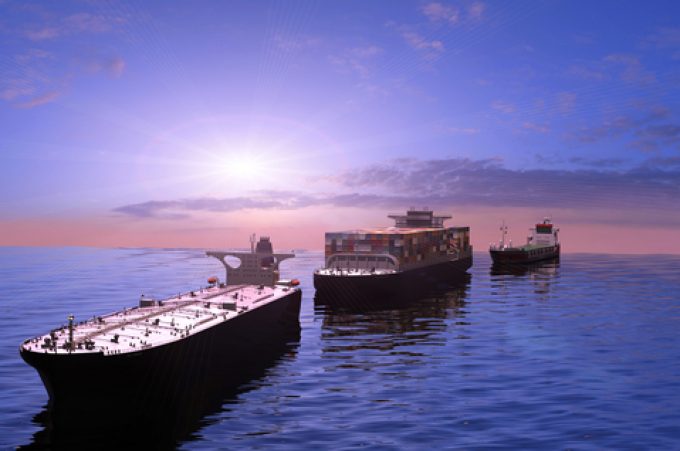Shipping lines are sub-letting tonnage to profit from firm charter market
Charter rates continue to defy the freight market, with HMM sub-letting a chartered vessel to ...

Reframing supply chains to ensure enough capacity during high levels of demand could cost more than facing up to one-off crises such as today’s, according to a key analyst.
“In the entire history of shipping, we have never had such a sustained period of insufficient capacity, ...
CMA CGM South Korean staff strike over bonuses after bumper 2024 profit
MSC switches two more Asia-Europe port calls from congested Antwerp
CMA airline returns two freighters, while ANA takeover of NCA looms
Nightmare for Bangladeshi exporters as congestion and tariffs bite
Tradelanes: Export boom in Indian sub-continent triggers rise in airfreight rates
Carriers introduce surcharges as congestion builds at African ports
Ports and supply chain operators weigh in on funding for CPB
Box ship overcapacity threat from carrier appetite for new tonnage

Comment on this article
Robin Kim
October 08, 2021 at 8:48 pmThis was a really interesting evaluation of the current market and logistics situation. This crisis has really made many count their blessings – rates have crippled businesses. If there really were empty vessels and containers sitting around with the hypothetical increase in capacity, it makes sense that the liners would prefer to just make money while they can. I’ve read elsewhere that the vessel companies are making up for years of losses.